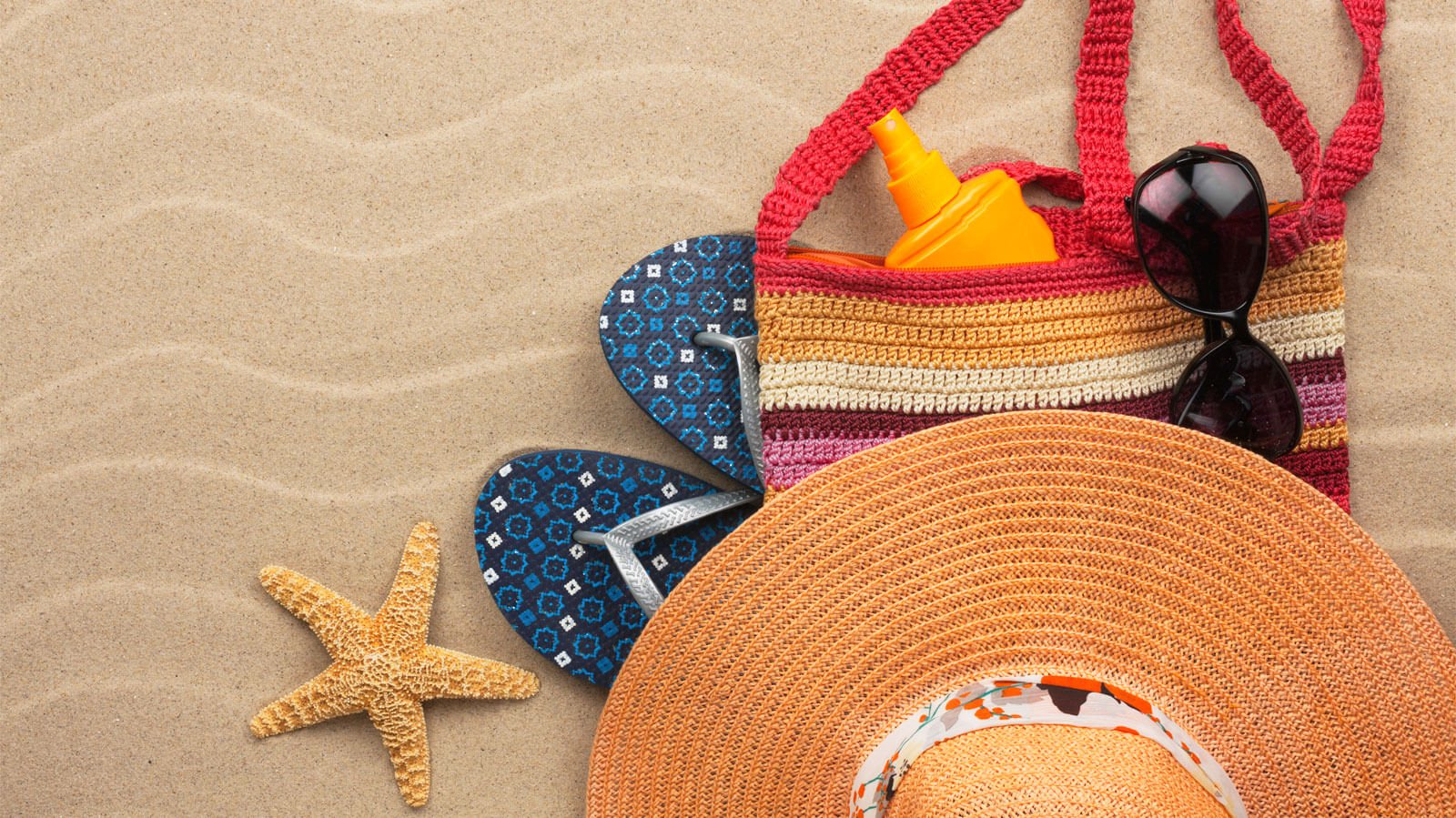Summer is a special time in Australia. It’s when families get together for bar-b-ques and Christmas, children enjoy their extended holidays from school, backyard cricket games pop up all over the country and people hit the beach for a refreshing swim. Depending on where you are in Australia, you can take part in experiences and events unique to the area. There are music festivals everywhere with world-class musical acts; Sydney hosts the extraordinary Chinese New Year Festival; Melbourne hosts the Boxing Day Test match and the Australian Open tennis tournament; the Sydney to Hobart Yacht Race ends with an incredible food and wine festival; the northern regions experience tropical rainstorms; while natural wonders such as the Great Barrier Reef, South Australia’s Eyre Peninsula and Western Australia’s Margaret River region are at their finest.
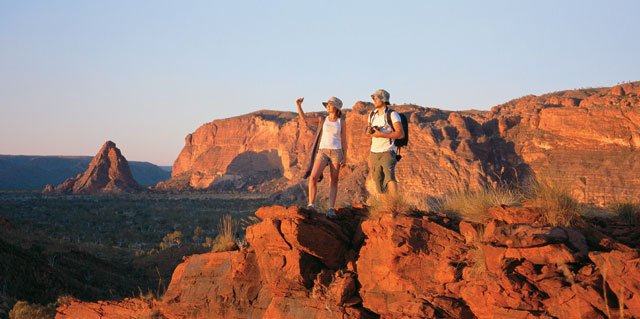
While the Australian summer is a wonderful time to get out and explore the incredibly diverse natural attractions our country has to offer, it’s important to understand the recommended sun safety tips as the sun does pose a very serious threat. The first issue most people face is sunburn, caused by an extended period of time outside without protection. This causes the cells and blood vessels in your skin to become damaged. Repeated bouts of sunburn will start to make your skin look wrinkled, leathery and dry. However, that is a minor issue when compared to the real danger of unprotected sun exposure: skin cancer.
Skin cancer in Australia
Repeated skin cell damage from overexposure to the sun causes skin cancer. There are three main types of skin cancer but the most dangerous and well-known is melanoma.
- Two out of three people will be diagnosed with a form of skin cancer by the time they’re 70 years of age.
- Melanoma is the third most common form of cancer in Australia.
- Melanoma is the most common form of cancer amongst Australians 15-44 years of age.
- Of all newly diagnosed cancers, 80% are skin cancers.
- Exposure to the sun is responsible for 95-99% of all skin cancers.
- There are in excess of one million consultations with GPs for skin cancer every year.
How does the sun harm us?
The sun emits three types of ultraviolet rays, two of which cause many problems for humans:
- UVA rays pass easily through the ozone layer – the Earth’s protective layer of atmosphere – and contribute to skin cancers. They are responsible for premature aging and wrinkling.
- UVB rays are mostly absorbed by the ozone layer, however enough pass through to be a genuine health issue. They cause sunburns, cataracts on the lens of the eyes, immune system problems and contribute to skin cancers.
- UVC rays are incredibly dangerous but are deflected by the ozone layer and don’t reach humans.
Consistent unprotected exposure to UV rays has long-term consequences for our skin and health in the form of sunburns and cancers. Still, it’s not just our skin that needs protection. Sun exposure can also damage our eyes, with burnt corneas a possibility after a single day in the sun and cataracts developing later in life after continuous exposure.
What sun safety tips can we use to protect ourselves?
While UV rays and cancer statistics are concerning, it doesn’t mean we can’t get outside and enjoy the summer sun every year. We just need to use recommended sun safety tips to protect ourselves.
Sunscreen is the first line of defence against the sun’s UV rays. When searching for a sunscreen to use, it’s vital you choose a product that has a SPF number of 30 or more, protects from both UVA and UVB rays (known as broad spectrum) and is water-resistant (if you plan on going for a swim).
Apply additional sunscreen every two hours even on overcast days, as clouds provide no protection from harmful UV rays. Because we can’t reach every part of our body, most of the time we only cover 50-80% of our skin, so ask a friend to help for those hard-to-reach places.
Is that all we need to do to protect ourselves?
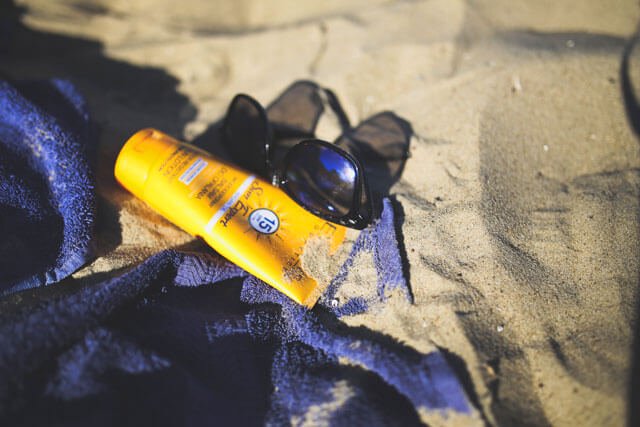
Sunscreen is the best form of defence against the sun’s harmful UV rays but it’s just the first step you should take to protect yourself. Along with applying a liberal amount of sunscreen before venturing outside, you should also:
- Wear clothing that protects your skin from the sun. The thicker the better and the more skin you cover, the less likely you are to get burnt.
- Wearing a hat will protect your head from the sun. The wider the brim on the hat, the more protection it will offer your head, neck, face and ears.
- Wherever possible, stay in the shade.
- Wear sunglasses to protect your eyes.
For babies and children you need to ensure all of the preventative measures outlined above are adhered to. Younger children haven’t yet developed their thick skin and melanin levels (a chemical in the skin that absorbs UV rays) to fight the effects of UV rays, so it’s vital you do everything possible to protect them. Unprotected exposure to the sun at a young age considerably increases the risks of contracting skin damage and cancer later in life.
What’s the best sunscreen to buy?
There are so many claims made on sunscreens that it can be difficult to understand which is the best to buy. So what do all of the numbers and terms found on sunscreen packaging mean?
- SPF – Sun Protection Factor is a measure of how well the sunscreen protects the skin.
- Water resistant – Won’t come off when swimming or sweating.
- Broad spectrum – protects from both UVA and UVB rays.
- The ‘+’ sign – The sunscreen provides a greater protection than the number. For example SPF50+ must be at SPF60 during testing to take into account margins for error and different environmental conditions.
What you should know before making your sunscreen purchase?
- SPF50+ filters out 98% of UVB rays, while SPF30+ filters out 96.7%.
- Sunscreens can only be labelled ‘water resistant’ or ‘sweat resistant’, and not ‘water proof’ or ‘sweat proof’ as these can be misleading.
Choice, the independent consumer advocate body that provides product information and advice, recently conducted a study into sunscreens with worrying results. After testing six SPF50+ sunscreens, they found only two met their SPF claims, three others offered high SPF protection (30+), while one was below SPF30.
The two products that are highly recommended by Choice are:
Cancer Council Classic SPF50+
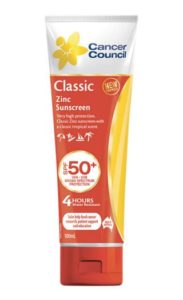
Nivea Sun Kids SPF50+ (roll on)
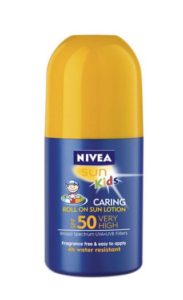
According to Canstar Blue, the customer satisfaction research and ratings business, the best sunscreens in terms of overall value and effectiveness are:
Ego Sunsense Ultra SPF50+
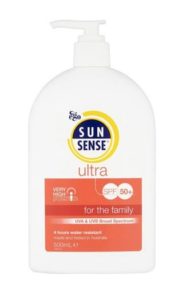
Avon Sun+ Sport Refresh Sunscreen Lotion SPF50
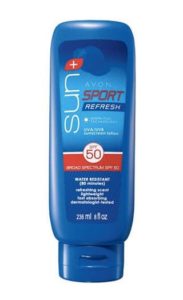
Cancer Council Classic SPF50+

Any final sun smart tips?
Sun safety tips don’t just end with sunscreen, hats, clothes, sunglasses and shade. Hot weather has a dramatic effect on the amount of fluids in your body. To help combat hot atmospheric temperatures, your body uses water both internally and as sweat on your skin to cool the body to normal levels. As such you need to constantly rehydrate by drinking plenty of water throughout the day.
Remaining out in the sun without rehydrating regularly can be the catalyst for dehydration and heat stroke. While dehydration can be treated from home under the supervision of a medical professional, heat stroke is a life-threatening emergency. It is caused when there is not enough water in our system to combat increasing body temperatures from extreme exposure to the sun. Children and the elderly are particularly susceptible, as well as those who work outdoors, are obese, have mental illnesses or poor circulation.
Alcohol consumption is also a common cause of dehydration and heat stroke and should be avoided if possible. Alcohol dehydrates the body, which can be a very dangerous combination with the dehydrating effects of the sun. Heat stroke develops quickly and requires immediate medical attention to save lives.
Fruits and vegetables are the ideal foods to eat if you’re planning to spend long periods of time in the sun. Generally speaking, they are high in water content and easily digested, so they will help fight the effects of dehydration and keep you feeling refreshed. Conversely, fatty foods take longer to digest and usually have a high salt content that can cause dehydration. As such, try to avoid meats with high fat content, as well as other fatty foods.
Head to Lantern Club at the end of a long, hot day…
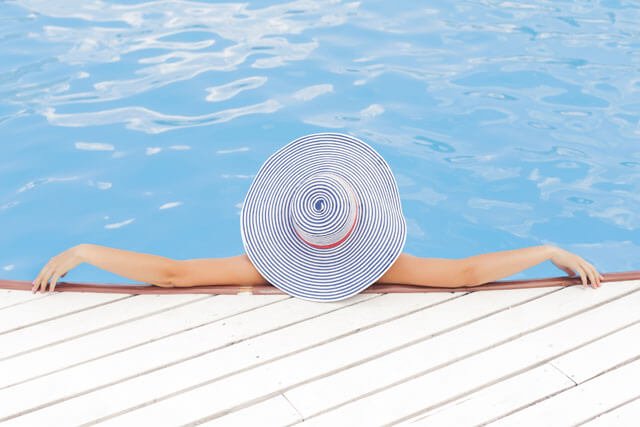
However you have enjoyed the summer sun on any given day, there’s a high chance the last thing you’ll want to do is go home and cook. MàZi Restaurant at Lantern Club in Roselands is the ideal place to go to enjoy a nutritious meal at the end of a hot day.
Our chefs have created a fantastic menu filled with the perfect summer dishes you’ll need after a day at the beach, hiking through the wilderness, attending an event or any of the other great outdoor activities we love to do during the hotter months. Dishes include:
- Natural and Oven Baked Oysters
- MàZi Caesar Salad
- Traditional Greek Salad
- Garlic and Chilli Prawns
- Garlic Prawn Linguine
- Fruits of the Sea in the Basket
- Pan Seared Salmon Fillet
- Churros
- Vanilla Crème Brûlée
For groups of 10 or less, make on online booking or call us on (02) 8037 8200. For groups larger than 10 people, call us on the number above and we can provide you with group menu options. MàZi Restaurant is open for dinner from:
- Sunday to Wednesday: 5.30pm – 9.00pm
- Thursday: 5.30pm – 9.30pm
- Friday and Saturday: 5.30pm – 10.00pm
We hope you’ve found our sun safety tips useful and we look forward to serving you during the hot Australian summer months!
© Lantern Club, Roselands

